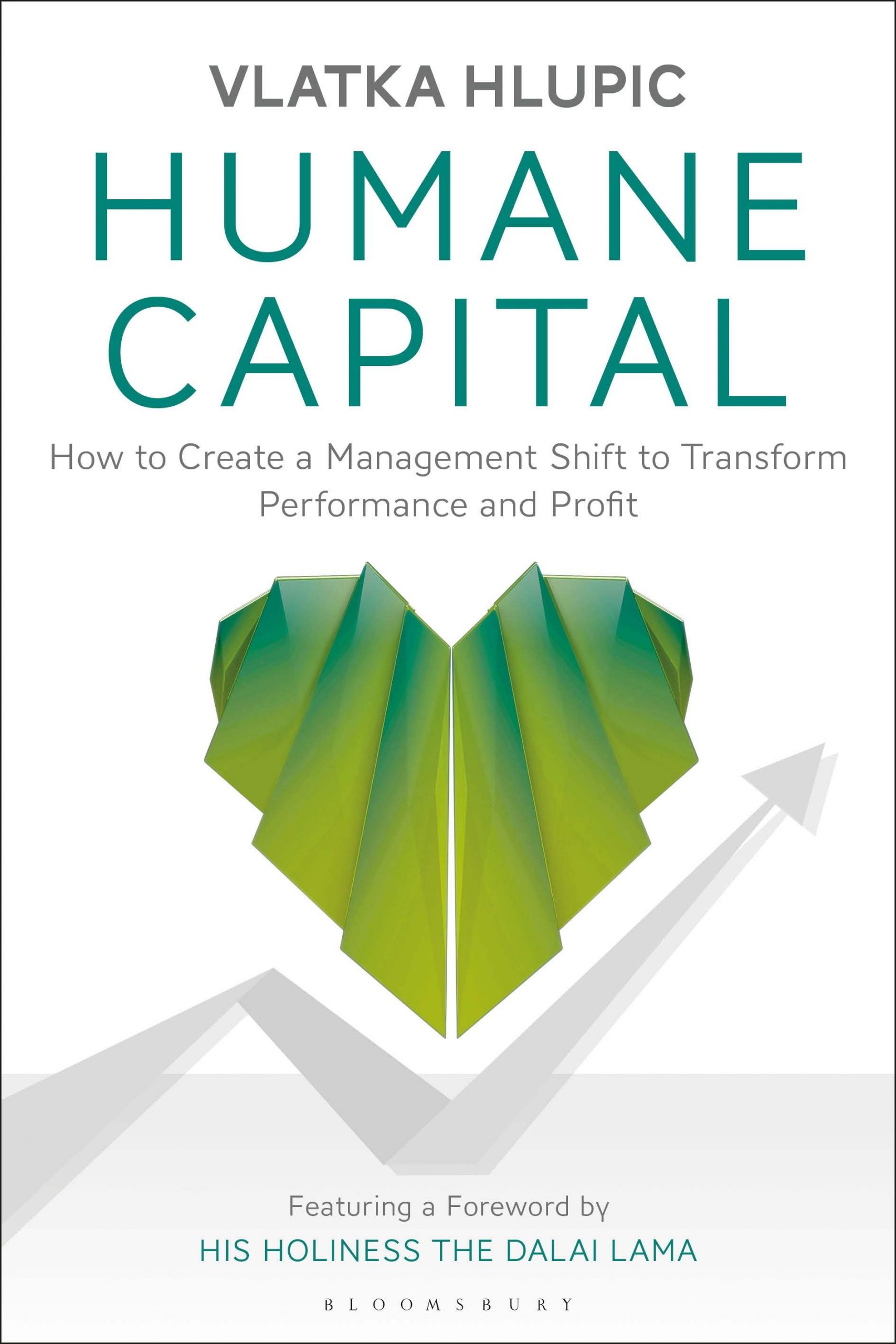Undoubtedly, organisation leaders in general and HR practitioners specifically, are under intense pressure to improve organisation outcomes in the face of high levels of volatility and complexity. Trusted paradigms of business and leadership previously used to navigate into the future are becoming increasingly unfit for purpose. Little surprise then that the fields of business and leadership education continue to burgeon with all manner of approaches proposed by different types of advocates – mainly, it seems, academics – to improving and sustaining organisation performance. Taken on their own, these different approaches often turn out to be little more than silver bullets.
So here is a book written by an academic – Vlatka Hlupic, Professor of Business and Management at the University of Westminster – that provides a compelling evidenced-based rationale for a different approach, one that involves combining different employee- and customer-focused methods to build momentum for marked, sustainable shifts in performance. The nub of this approach is to treat people as people, and neither employee nor customer is to be taken for granted. The author says that it’s about putting humanity at the heart of the enterprise; hence the title of the book.
The book’s core premise is that organisations, whether in the profit, not-for-profit and public sectors, perform well by doing good, which is to say by promoting goodwill both internally and externally. Hlupic draws on extensive research to identify key practices from a range of high performing organisations across for-profit, not-for-profit and public sectors
that can be adopted by leaders and managers in organisations that aspire to the same kinds of organisation outcomes as their successful peers.
Hlupic arranges her book by breaking it into three distinct parts. The first part examines the imperatives for adopting a different approach. This part of the book focuses on those leadership and management practices which combine emotional intelligence with well-directed and executed strategy. The second part involves interviews with leaders who are already doing this to create the conditions for success in their respective organisations. Within this section, some of the inferences the author draws from her interviewees are superficial. For example, when she describes one CEO’s determination to have “happy” employees, from which she deduces that happy employees are a condition for a high-performing business. Is it happiness that creates engagement and high levels of discretionary performance, or that there is a lot of time and attention paid to employees, how they are employed, and how engagement connects to business strategy? This section also contains a number of helpful strategies which the reader can use to both measure the current status of their own organisation but to also identify appropriate levers to pull on to create positive change. The third section of the book examines the evidence for this people-centric approach and further extrapolates that evidence into various models which can also be used readily.
This book is ambitious and it’s of little surprise that it relies heavily on some of her previous work, particularly her book The Management Shift. With that in mind, anyone interested in Humane Capital might find that reading The Management Shift first may well help them to get the most from Humane Capital. I know I’d like to; there were instances when reading Humane Capital that I felt a desire for more substance behind some of the assertions being made. For example, one key piece of codification that Hlupic uses is her 6 Box Leadership Model. While clearly referenced in this book, what isn’t available is the exposition of how this particular model came about and its efficacy.
Hlupic also references extensively to Level 4 leadership, its essence being emotionally intelligent people leadership and management practices that also espouse distributed leadership. There are tantalising inferences of the importance of self-awareness and also of the psychology of leadership, but which – in this book at least – don’t receive much more than passing reference.
What should an HR practitioner take from this book? Purists would likely say that first, one of our responsibilities is to challenge the prevailing myths of leadership and management (which is fine if we can recognise bad from good practice and have the courage to stand up to those leaders who aren’t open to the idea that they can improve themselves.) Second, that we should build our knowledge of neuroscience, behavioural science, behavioural economic and positive psychology and apply it to our understanding or values, ethics and trust. A more prosaic take-away is that this book is validation of the Hawthorn effect: people respond well when they know they are a core concern within the enterprise and are treated as people.
I liked this book’s ambition to present an indisputable case for different approaches to sustainable organisation success based on integrating many different aspects of leadership and people management. I also liked the author’s intent to leave the reader not just with a compelling manifesto but also a series of checklists and blueprints for change. So, while some of the content was just too superficial for me, and that there are no new ideas as such, it’s refreshing to read a business book that readily attests to the fact that there is no one easy silver bullet to organisation improvement. Any positively-intended initiative needs to be connected to all other practices- to organisation structure, process flows and to the organisation’s strategy for delivering its services or products. It is, therefore, an honest book; practical, accessible, well-structured and well written.
Jim Kennedy, Founder and Director, Metis (People & Organisation) Consulting







